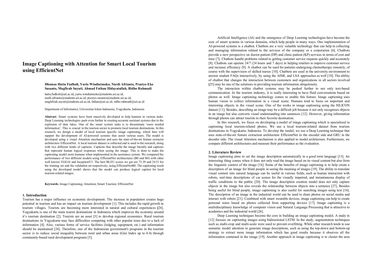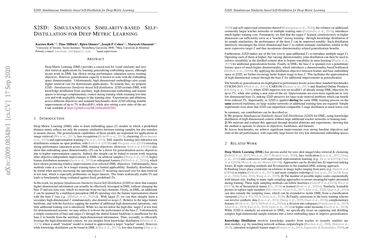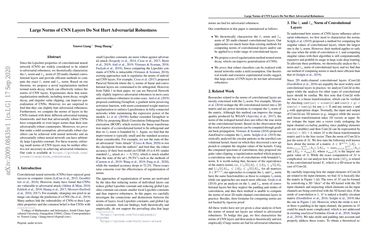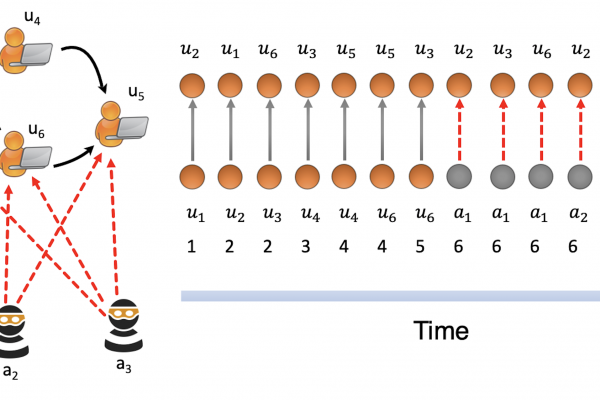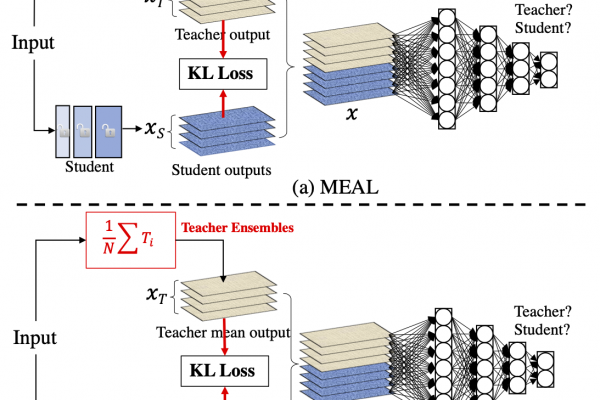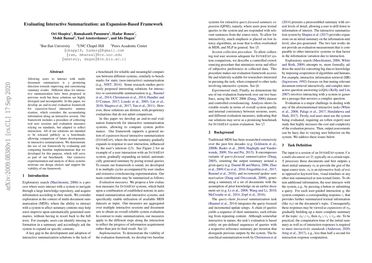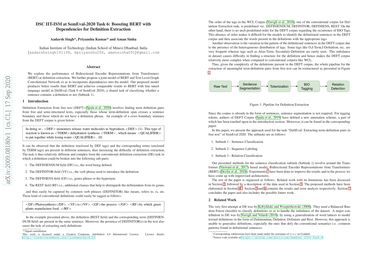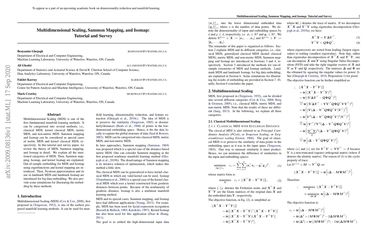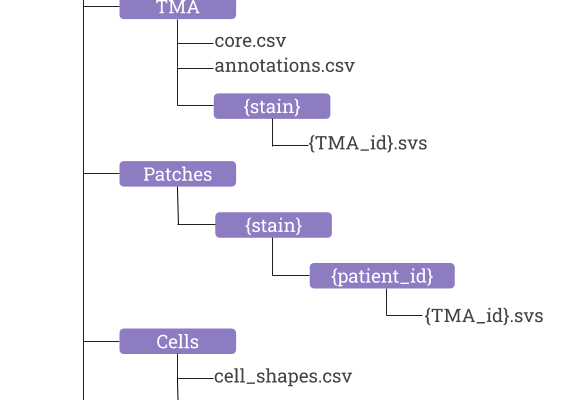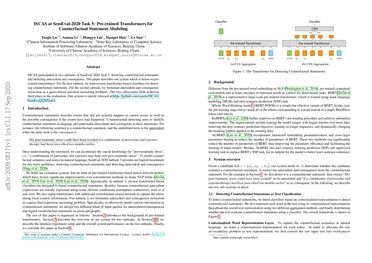Image Captioning with Attention for Smart Local Tourism using EfficientNet
Smart systems have been massively developed to help humans in various tasks. Deep Learning technologies push even further in creating accurate assistant systems due to the explosion of data lakes… One of the smart system tasks is to disseminate users needed information. This is crucial in the tourism sector to promote local tourism destinations. In this research, we design a model of local tourism specific image captioning, which later will support the development of AI-powered systems that assist various users. […]
Read more